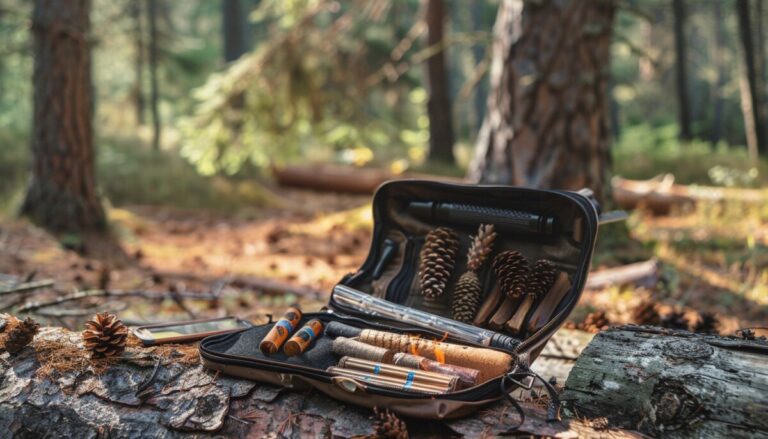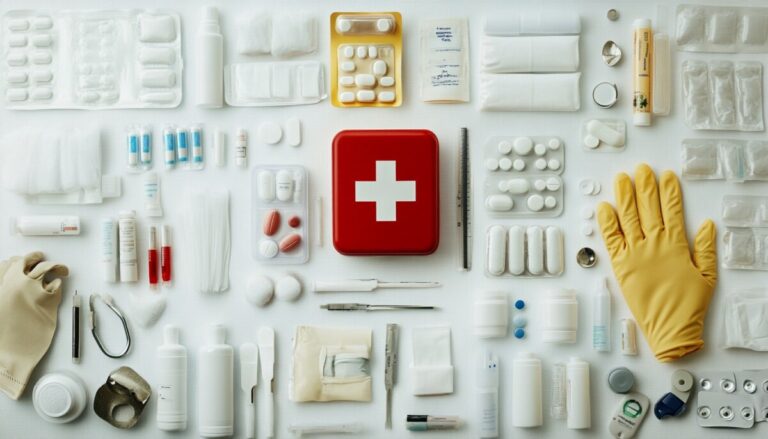Why Everyone Should Have a Well-Stocked First Aid Kit at Home
First aid kits are essential tools that can help you and your family in case of an emergency. They come in handy when you need to tend to minor injuries or illnesses, as well as more serious medical situations. In this article, we will discuss why everyone should have a well-stocked first aid kit at home, what items it should contain, how to stock up on medications and supplies, common emergencies and how to handle them with your first aid kit, and finally, maintaining your first aid kit for optimal effectiveness.
Introduction to First Aid Kits
A first aid kit is a collection of medical equipment and supplies that can be used to provide immediate care for injured or sick individuals until professional medical assistance arrives. It typically includes bandages, gauze pads, antiseptic wipes, sterile gloves, tweezers, scissors, and other important items. Having a well-stocked first aid kit at home can save lives by providing quick access to necessary medical supplies during an emergency situation.
What Should Be Included in a Basic First Aid Kit?
Here are some essential items that should be included in a basic first aid kit:
1. Band-aids (various sizes)
2. Sterile gauze pads (various sizes)
3. Antiseptic wipes
4. Tweezers
5. Scissors
6. Adhesive tape
7. Pain relievers such as ibuprofen or acetaminophen
8. Antihistamines for allergic reactions
9. Hydrocortisone cream for insect bites and rashes
10. Eye drops
How to Stock Up on Essential Medications and Supplies
It’s crucial to keep your first aid kit fully stocked and ready to use at any time. You may want to consider purchasing additional supplies beyond the basics listed above, depending on your individual needs. For example, if someone in your household has asthma, you might want to include an inhaler in your first aid kit. If you live in an area prone to natural disasters like earthquakes or hurricanes, you may also want to add emergency blankets, flashlights, and extra batteries to your kit.
Common Emergencies and How to Handle Them with Your First Aid Kit
There are several common emergencies where having a well-stocked first aid kit can make a significant difference. Here are some examples:
1. Cuts and scrapes – Use sterile gauze pads to cover the wound and apply pressure to stop bleeding. Apply antibacterial ointment and cover with a bandage.
2. Burns – Run cool water over the burn for 10 minutes to reduce pain and swelling. Cover with a clean dressing.
3. Sprains and strains – Rest the affected limb and apply ice or a cold compress for 20 minutes at a time, several times per day. Wrap with an elastic bandage for support.
4. Broken bones – Keep the injury immobilized and seek medical attention immediately.
Maintaining Your First Aid Kit for Optimal Effectiveness
To ensure your first aid kit remains effective, check its contents regularly and replace expired items promptly. Make sure everything is organized and easy to find in case of an emergency. Additionally, consider taking a first aid course to learn how to properly administer first aid and CPR. By being prepared and knowing what to do in an emergency situation, you could potentially save a life.




2 Comments
Comments are closed.